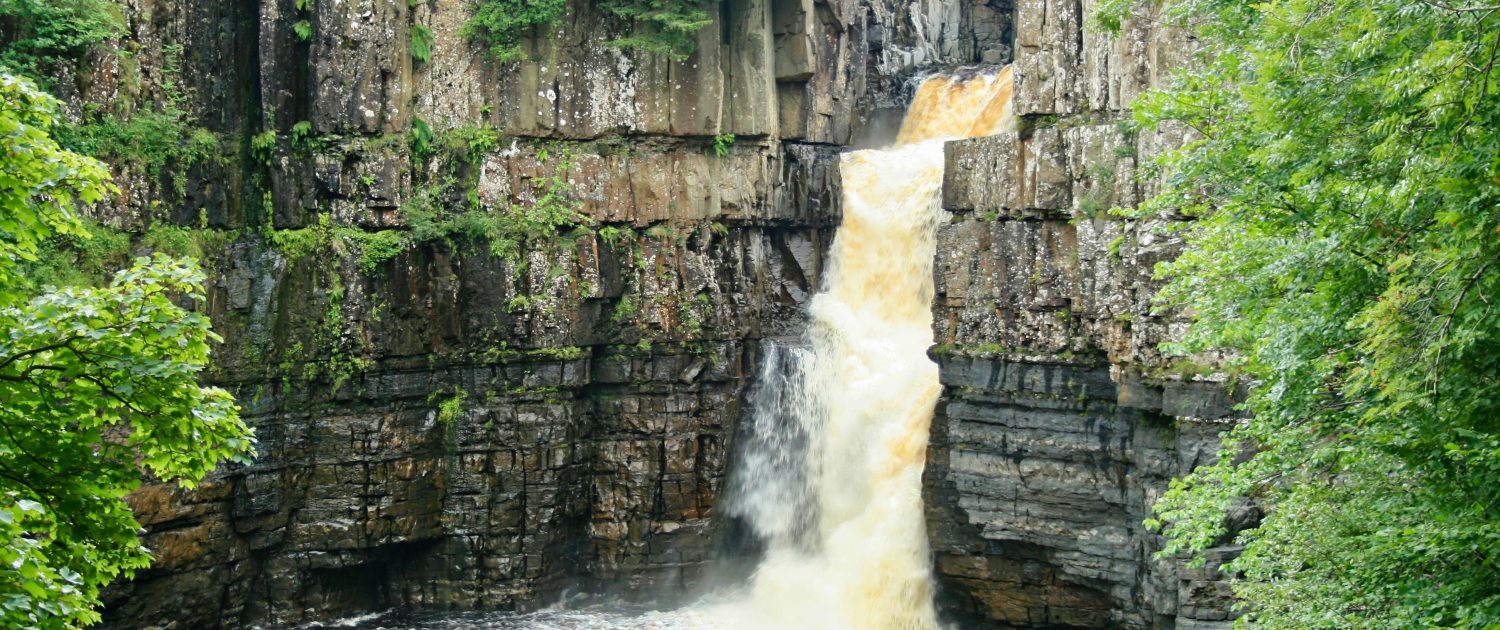How does geology affect the formation of river landforms?
The geology of an area influences the rate of river erosion. For example, rivers flowing over hard rock have a slower erosion rate as the bedrock is more resistant. However, areas with soft rock are more likely to experience higher rates of erosion.
Those landscapes consisting of more resistant rocks are more likely to have steeper valley sides, whereas areas with less resistant rocks tend to have more gentle sloping valley sides.
Rivers will always follow the path of least resistance. Therefore, in areas with both hard and soft rocks, river channels are more likely to form along the path of the softer rock.
The types of erosional landforms that develop along the course of a river depend on the area’s geology. For example, landforms such as waterfalls and gorges are often found along boundaries between the hard and soft rock.
Related Topics
Use the images below to explore related GeoTopics.



